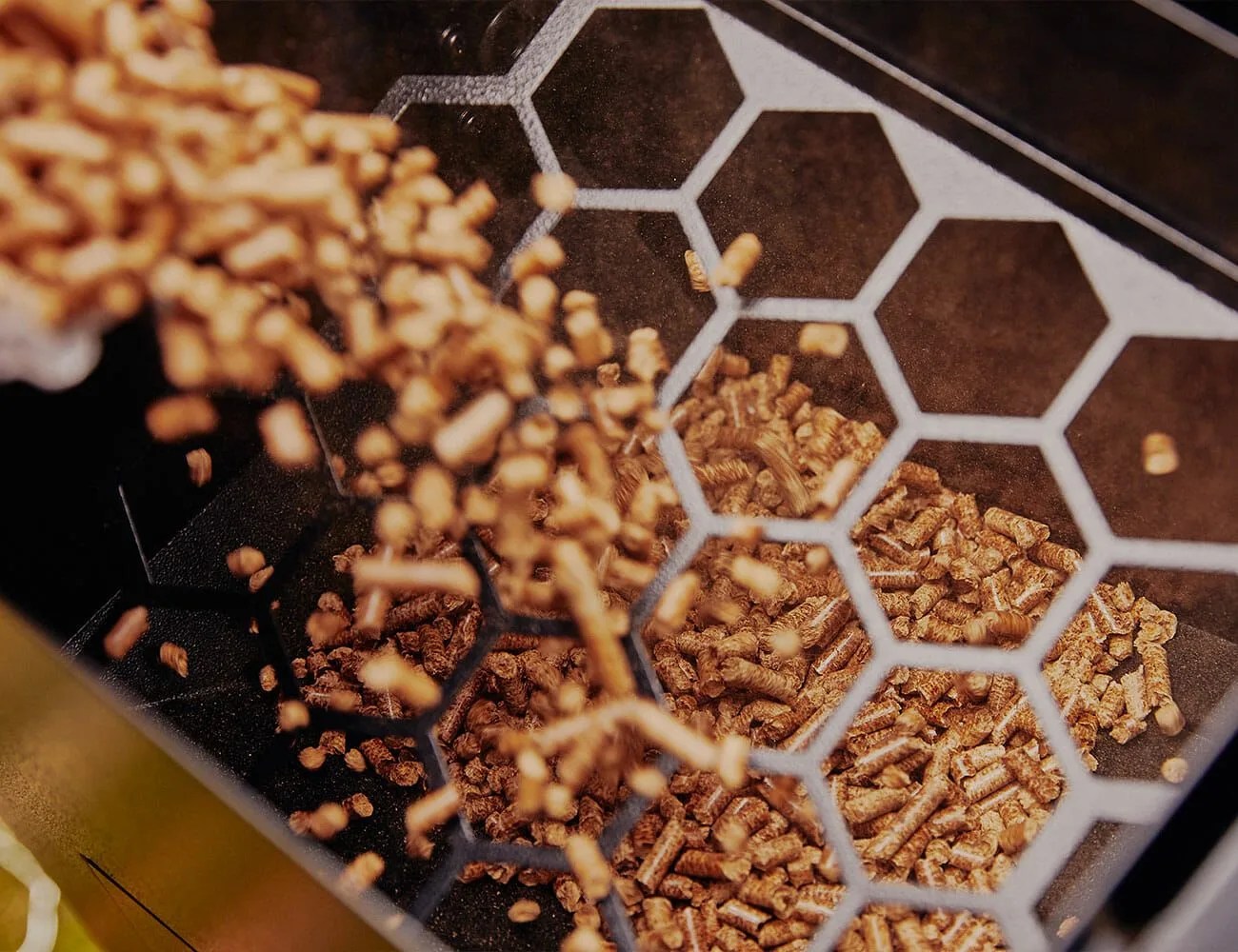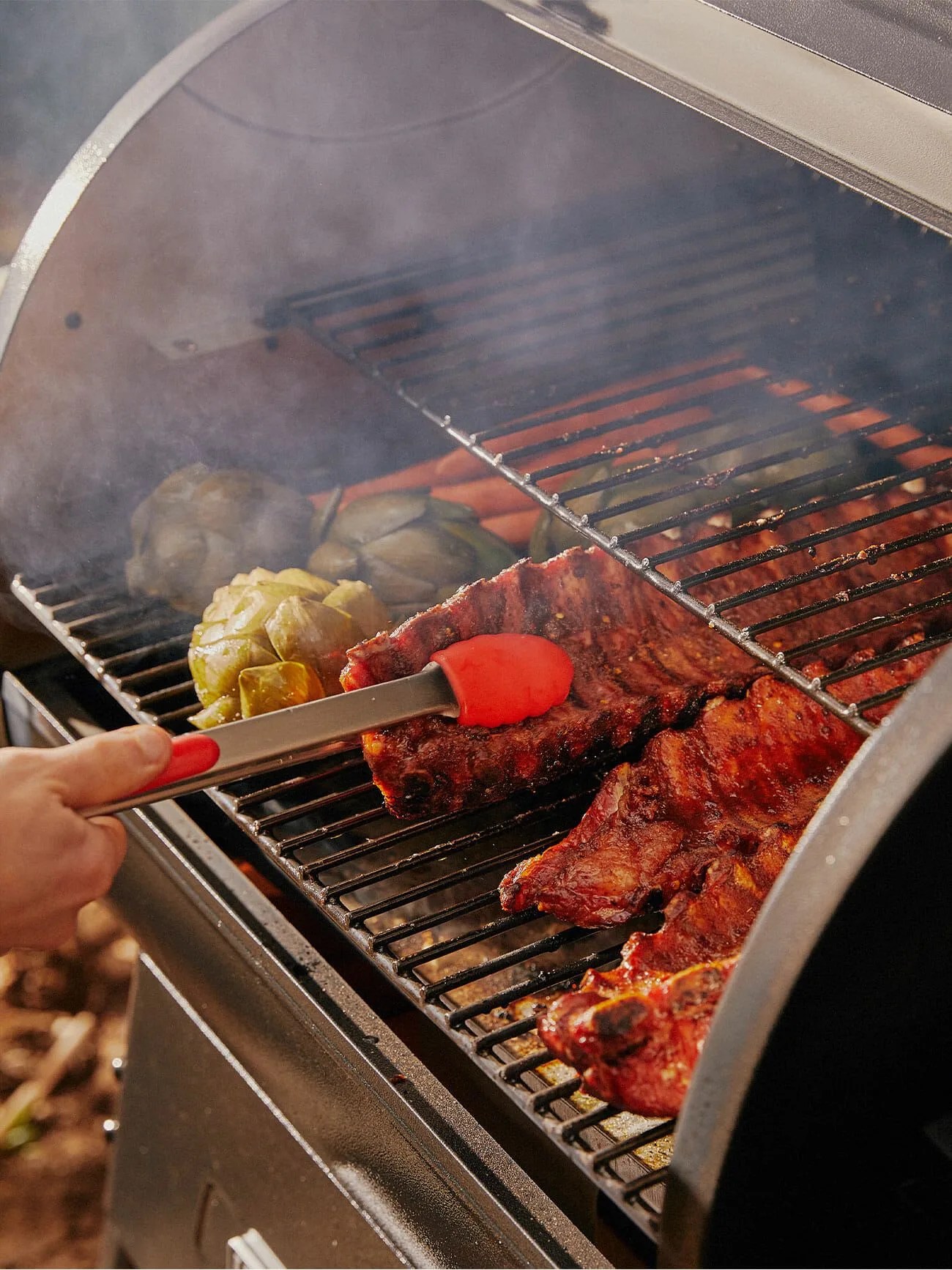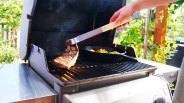You could read a thousand and one words on the minute details that surround grill shopping, but most people certainly don’t need to. Fact is, you can find a great grill by considering just three basic details. Here’s your cheat sheet to the best part of summer.
1. Primary fuel source
Generally speaking, there are four types of grills, and they’re bucketed by their primary fuel source, be it charcoal, gas, electricity or wood pellets. Deciding between them is a matter of weighing priorities, such as convenience and control.

Charcoal: Considered the purest form of everyday grilling. Charcoal’s ability to generate both extreme, meat-charring heat and low, slow burns makes it the best option when only considering the meal on the table. However, charcoal takes longer to light and reach temperature than any other grill types. It’s also messier and heat output can’t easily be changed halfway through a cook.
Gas: This is the most popular grill type. Gas grills are ready to cook with a few minutes after heating up, can change heat output on a dime and leave virtually no mess after cooking. The tradeoff? Gas grills won’t imbue food with the same smokey flavors you get with charcoal or wood, and most won’t exceed 500 to 550 degrees at grate-level.
Electricity: Electric grills build heat with the push of a button. Most use infrared heat instead of a flame, so they produce much less smoke than any other form of grilling. As such, they won’t impart the same fire-grilled flavor a gas, pellet or charcoal grill will, and they are susceptible to malfunction if water or grease from cooking reaches vital circuitry.
Wood Pellets: A hybrid of electricity and wood grilling. Wood pellet grills monitor and maintain whatever temperature you choose — typically from sub-200 to 500 degrees — and come with fairly significant heat-up times. They’re able to operate both as a smoker and a grill, though the 500-degree cap isn’t ideal for quickly searing meats.




